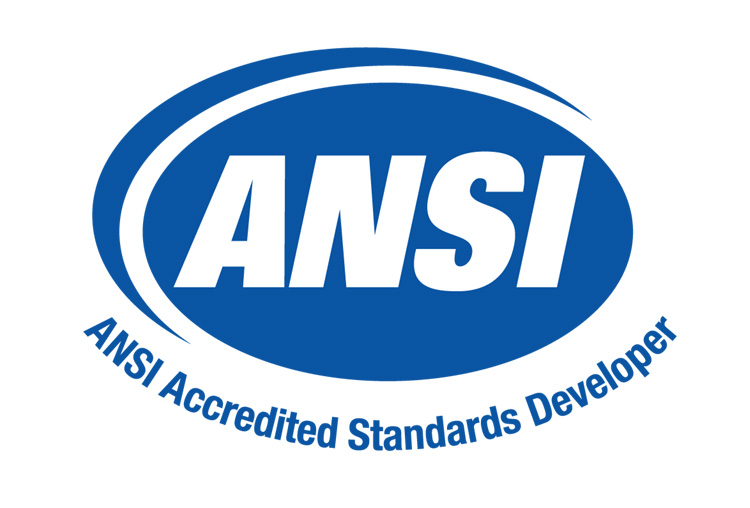General Cool Roof and Wall FAQs
Cool roofs can lower energy costs in conditioned spaces by reducing the need for air conditioning. Quantifying the energy savings and the associated energy cost savings depends on several factors. This document summarizes some of the primary factors that influence cool roof energy savings.
While cool roof owners may pay slightly more to heat their homes in the winter, this penalty is usually insignificant compared to the cooling energy savings during the summer. Why?
In the wintertime, the sun is much lower in the sky and less intense. Additionally, passive solar heating can occur from sunshine streaming through windows.
Winter days are shorter (fewer hours of sunshine).
There is a higher incidence of cloudy days. A cool roof will not shed more heat proportionate to other types of roofing materials at night or on cloudy days. It will simply limit the amount of heat entering the building on hot summer days.
In some regions, the roof is covered in snow for long periods, so the color of the roof below does not necessarily matter.
While there are many factors that go into product pricing, many cool roof varieties cost the same amount as comparable traditional roofs. Some cool roof products may cost slightly more, but that additional cost can be recovered through energy savings.
Solar reflectance and thermal emittance are the two radiative properties used to determine the "coolness" of a roof or wall surface. They are measured on a scale of 0 to 1 (0 to 100%), where 1 is the most reflective or emissive.
Solar Reflectance Index (SRI) is a calculated value that represents the ability of a roofing product to reject solar heat. The index value of a roofing product is determined by inputting the measured solar reflectance and thermal emittance values into a calculation in accordance with the ASTM 1980 standard.
The SRI values typically range between 0 and 100, with particularly hot materials having a negative value and particularly cool materials exceeding 100. Importantly, SRI does not apply to vertical surfaces (e.g., wall products) due to the nature of the calculation, which is based on a horizontal surface.
The calculation for SRI is defined in ASTM Standard ASTM E1980.The CRRC follows Approach I from Section 6.1.1 of ASTM E1980-11 (2019) using only equations 1 and 3 and a convective coefficient of 12 W·m–2·K–1 (medium wind speed).
NOTE: The California Energy Commission (CEC) uses aged SRI values to determine Title 24 compliance. If the three-year aged values are not available for the aged SRI calculation, the aged SRI value is calculated using the CEC calculator worksheet. Additionally, the CEC may calculate SRI using another approach in ASTM D1980. As such, the CRRC aged SRI value may differ from the CEC aged SRI value.
While the CRRC can answer many general questions about cool roofs and walls, we do not recommend specific products or product types. Once you have looked at the Rated Roof Products Directory or Rated Wall Products Directory, you are encouraged to contact the manufacturer of the product in which you are interested or contact a contractor or roof consultant to assist in choosing the "coolest" product for your home or project.

